Common Horsetail / Equisetum arvense /, also called Field horsetail, is a perennial herb. Common horsetail has a long branched rhizome and two types of ground stems - spring and summer. The spring stem is brown and unbranched, ending at the top with a spore cluster. The leaves are smaller, arranged in nodes. Common horsetail grows on embankments, humid places, in fields and meadows as a weed up to an altitude of 4920 ft (1500 meters).
Composition of common horsetail
Common horsetail contains vitamin C, carotene, the saponin equisetin, a large amount of salicylic acid, alkali and alkaline silicates, resins, aconitic acid, oxalic acid, equisetic acid, proteins, tannins, the flavonoids luteolin and isoquercetin, the alkaloid nicotine.
Collection and storage of common horsetail
The aerial parts of common horsetail are collected in summer (from May to August) by cutting off the stems and their branches about 8″ (20 cm) from the top. They are dried in the shade.
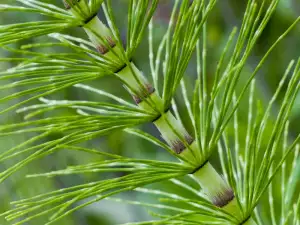
Dried common horsetail is brittle, with a slight bitter taste and green color. It has no odor. Store the dried herbs in a shady, cool and dry place. Maximum humidity is up to 12%.
Benefits of common horsetail
The rich chemical composition of the herb and its high content of silicates determine its diverse application and beneficial effects. Upon dissolution in water, the silicic acid forms salts, readily absorbable in the digestive tract.
These salts are a necessary component in the vital activity of the various systems in the body and play an important role in the metabolism and functional activity of mucosal and connective tissue, and strengthen the walls of blood vessels.
They are especially crucial for the development of bone tissue. The silicon compounds in the urine form a protective colloid that prevent crystallization of the mineral components, and thus do not permit kidney stones to form.
Common horsetail herb supplements have boldly expressed diuretic effects. They enhance the activity of the heart and increase blood circulation, which in turn causes the secretory activity of the kidneys to increase.
The anti-inflammatory and antimicrobial actions of common horsetail is due to the specific 5-glucoside - luteolin. This explains its use in conditions such as bladder and kidney stones, urinary tract inflammation, edema of renal or cardiac origin.
The ingredients in common horsetail increase metabolism, which is why the herb is used with great success in diseases of the endocrine (especially during menopause in women), for swelling of the feet during an impaired metabolism.
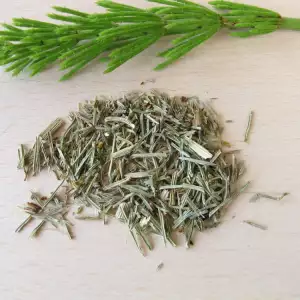
They strengthen the resilience of the connective tissue, which explains their use in polyarthritis, rheumatic diseases, bone and pulmonary tuberculosis, bone fractures, diseases of the skin, hair loss. The astringency effect of common horsetail is very well expressed in uterine bleeding, coughing up blood and hemorrhoids.
It also has a beneficial effect in asthma. The herb is contained in numerous diuretic and anti-asthma teas. It has an anti-tapeworm action. Experimental evidence suggests that common horsetail has an anti-toxin action, allowing the disposal of lead from the body.
Traditional medicine with common horsetail
Folk medicine recommends the use of common horsetail for gout, stomach pain, urinary incontinence, atherosclerosis, varicose veins, vaginal discharge, sore throats and more. Common horsetail is taken internally as a decoction. Two tablespoons of diced common horsetail herb are soaked in 1 2/3 cups (400 ml) of boiling water and boiled for 3 minutes.
The decoction is left to stand for 1 hour. Filter and take 3 times daily, 1/2 cup (120 ml) after meals. In the treatment of hemorrhoidal uterine bleeding, the administered dose can be increased up to two times.
Dangers of common horsetail
Prolonged intake of common horsetail or excessive doses can cause poisoning. Common horsetail is not recommended for pregnant or nursing women. It should not be used by people who suffer from nephritis.
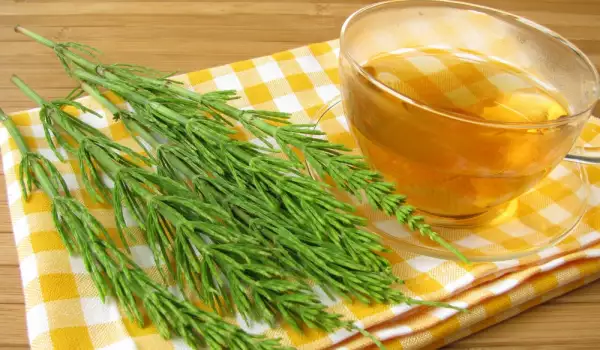
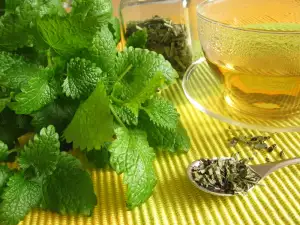
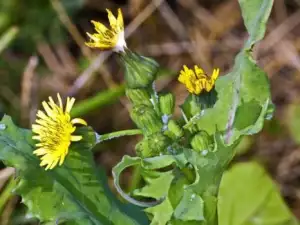
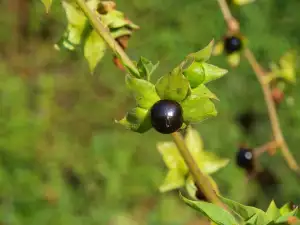

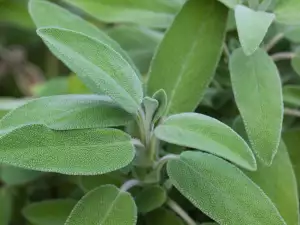
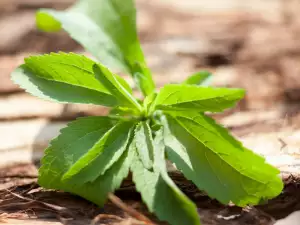
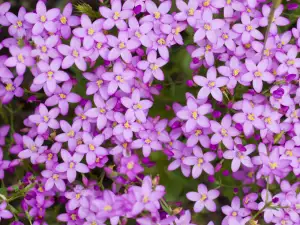
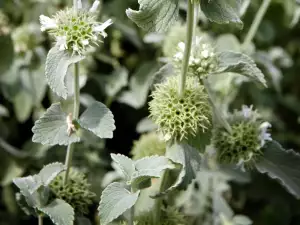
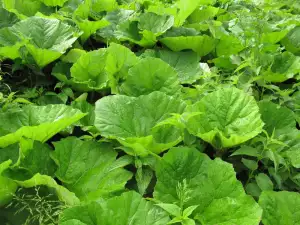
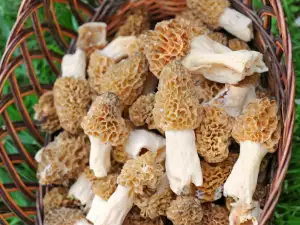

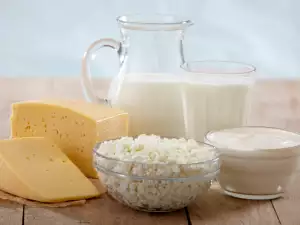

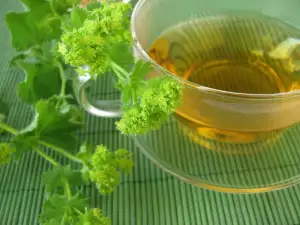


Comments